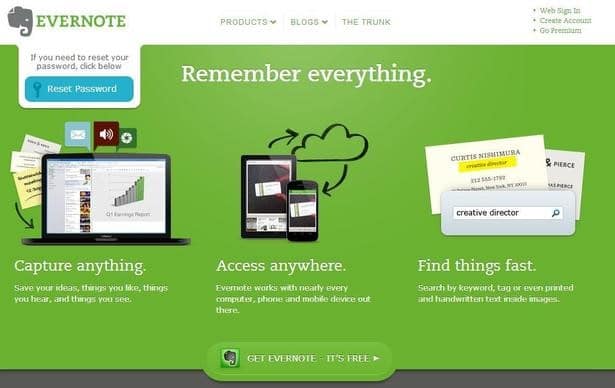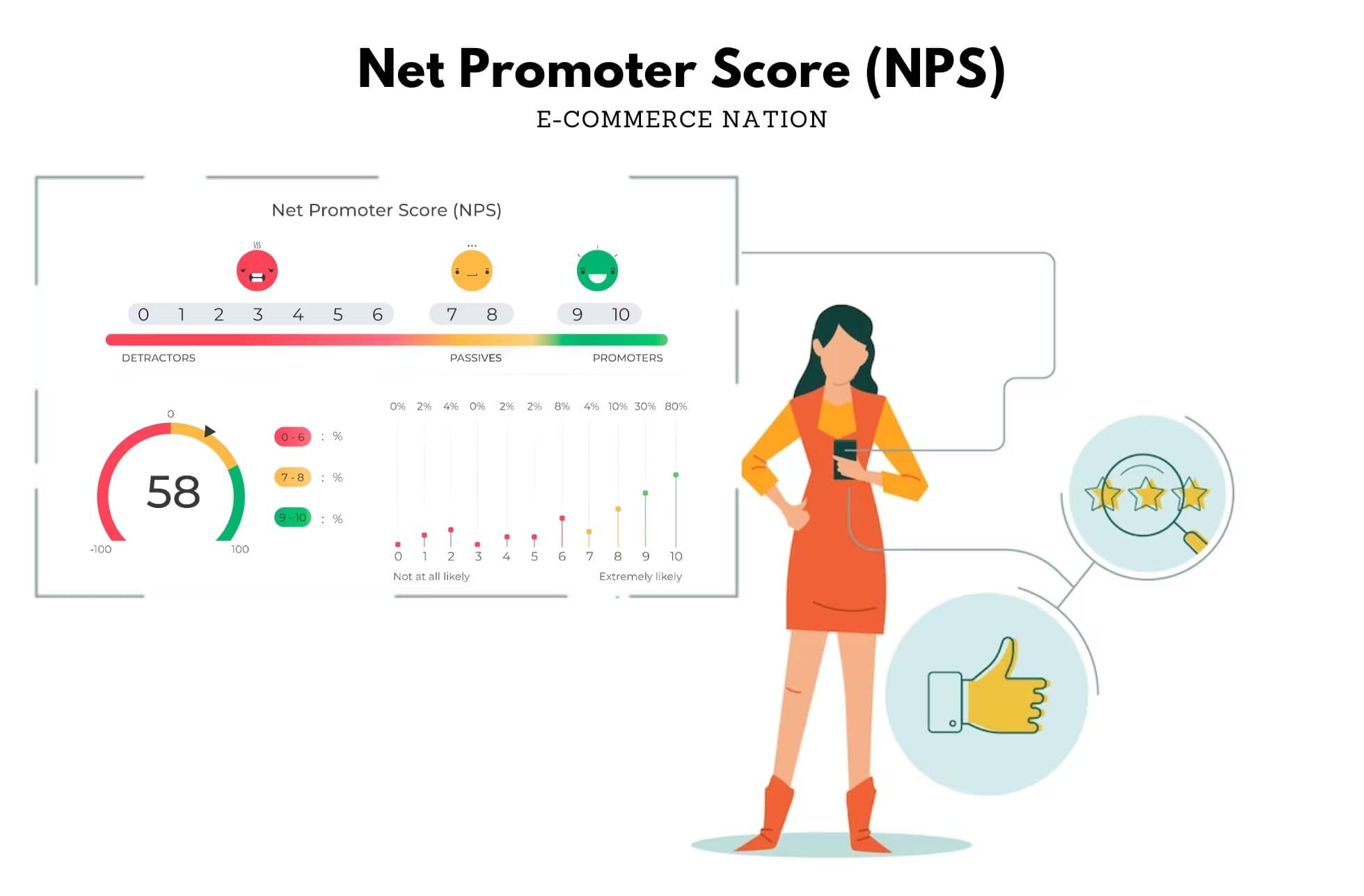In the past, e-commerce was considered to be just another option, an additional feature to make things more convenient. Now however, it has taken the world by storm and has become an absolute necessity. Why is boosting customer engagement vital to e-commerce? Research shows that e-commerce grows exponentially every year, with business-to-customer sales expected to increase by over 50% over the next 5 years.
So how do you drive more customer engagement on your e-commerce website? Here’s what you need to do:
Develop Your Value Proposition
For customers, the eternal question is “What’s in it for me?”
In order to stay ahead, show your customers what makes your products and/or services better than that of the competition. A value proposition is extremely necessary in order to achieve that.
A successful value proposition is composed of three core components:
1. The Offer
What products or services does your business offer?
2. The Benefits
How do these products or services benefit your customer? Can your products or services solve the problems of your customers and improve or enhance their situation?
The relevance of your business for your consumers is directly connected to how well your value proposition answers these questions.
3. Proof
Your value proposition must also be backed with proof to validate your claims. It must clearly express what makes your business different and better than the rest of the competition.
Evernote’s value proposition is commonly cited as a good example.

It is clear and concise. There are no unnecessary jargons, making quite easy to understand, even for the most non-techie consumer. It also contains all three components of a successful value proposition.
Strengthen Your Content Strategy
Aside from learning how to create a website or blog that provides detailed descriptions of your products/services, you also need to push for creatively informative, share-worthy content related to your brand that gives your readers true value.
For example, Mr Porter is one of the top leading menswear e-commerce stores in the UK.
Aside from that, their website has built a sizeable following because of their excellent Journal where captivating content is a huge force driving large amounts of traffic to their site. They use these to direct their audience to various products for sale by mentioning some of the items in their Journal content.

Make sure to personalize your content based on your particular product or service.
Post and Promote Product Videos
An online boutique or jewelry shop owner posts jewelry stacking tutorial videos which are entertaining to watch and at the same time exposes the readers to multiple items for sale from her shop.
This is one good example of using product videos profitably.
Consumers are more likely to buy something after seeing an instructional video on how it is used first.
Be Committed Towards Providing Excellent User Experience
Consumer satisfaction is another thing to capitalize on in order to ensure high customer engagement on your e-commerce website. Primarily, this means that your website should not only look appealing but should also focus on these checkpoints:
• Clear site navigation
• Enhanced search
• Easy checkout options
• Various and/or flexible payment methods
• Convenient returns policy
In addition to these, another important factor is shipping costs. This should be clearly stated in your website, together with how fast the delivery can be made.
According the Walker Sands’ The Future of Retail 2017, free shipping (80%) and fast shipping (54%) remain to be the top incentives driving consumers to make more purchases online.
Recent studies also show that nearly 90% of customers will be willing to wait a bit longer if free shipping is guaranteed.
Mobile Optimization
Three facts are undeniable as of right now.
First is that nowadays people are most likely to search for anything online using their mobile phones instead of their computers. Second, people are more likely to leave a website if it’s not mobile-friendly. Lastly, more than half of mobile users will leave a site that takes more than three seconds to load.
So what makes a good mobile site?
Use this checklist from Google Developer Pete LePage to make sure your e-commerce website is optimized for mobile users:
Basic Mobile Optimization
• Responsive design
• Page speed
• Hosting speed
Home page and site navigation
• Keep calls to action front and center
• Keep menus short and sweet
• Make it easy to get back to the home page
• Don’t let promotions steal the show
Site search
• Make site search visible
• Ensure site search results are relevant
• Implement filters to improve site search usability
• Guide users to better search results
Commerce and conversions
• Let users explore before they commit
• Let users purchase as a guest
• Use existing information to maximize convenience
• Use click-to-call buttons for complex tasks
• Make it easy to finish converting on another device
Form entry
• Streamline form entry
• Choose the simplest method for each task
• Provide a visual calendar for selecting dates
• Minimize form errors with labelling and real-time validation
• Design efficient forms
Usability and form factor
• Optimize your ENTIRE site for mobile
• Don’t make users pinch to zoom
• Make product images expandable
• Tell users which screen orientation works best
• Keep your user in a single browser window
• Avoid “full site” labeling
• Be clear on why you need a user’s location
Live Chat Support
One problem that arose together with the boom of e-commerce is the lack of a personal connection between the customer and someone who can answer their questions and concerns in real-time.
Brick-and-mortar stores used to hold this advantage over online businesses.
Not anymore.
Live chat apps and widgets have become increasingly popular now, bridging the previously wide gap between e-commerce and online customers.
Kissmetrics lists these 5 points on how live chat improves your business.
First of all, live chat is convenient for customers.
Oftentimes, waiting to be connected to chat support takes a lot less time compared to waiting on hold for a call center agent to assist you. Aside from almost immediate access to help, the customer can also multi-task while waiting.
Second, live chat effectively cuts down expenses. This is especially true on both phone expenses as well as employee task time.
The costs of chat interaction is considerably lower than that of contact via phone for call centers. Plus, unlike with phone interaction, live chat reps can handle multiple chats at the same time, reducing the need to hire additional representatives.
Third, live chat increases sales.
Customers typically seek assistance when they are not sure about a certain product or service and have questions that can be pivotal in deciding whether or not they’ll make the purchase.
Having live chat support on your e-commerce website solves that dilemma, leading to increased sales for you.
Fourth, live chat gives you an edge over your competition.
Surprisingly, there are still a lot of online retail businesses that do not offer live chat. Having it on your site is an additional advantage you’ll have over your competitors.
Fifth and most importantly, live chat gives you direct insight into how your customers feel.
Pain points are frustrations, problems or needs of customers that a business aims to solve. Marketing teams mine forums, message boards and social media for these pain points. However, there is no faster way to gauge how customers feel than by talking to them directly.
With live chat, your representatives can immediately alleviate those pain points for your customers by providing the help or information the customers need. At the same time, they can also find ways to improve your company’s products and services as they talk to your consumers.
Most of the time, consumers contact support to make sure that a product will work as promised or advertised. They usually also want to see if there’s any promotion they can grab to get the discount they need.
Make sure that your live chat support team is ready to take care of these concerns and you’ll be good to go.
What you need to do:
• Make sure you have a well-trained chat support team that doesn’t sound robotic but rather connects to your customers warmly. They must be prepared to offer assistance within the first 5 seconds of contact with the customer, even during chat surges.
• Use analytics to determine when most of your customers frequent your website, and decide your chat support operation hours from there to maximize its full potential.
• Instruct your chat representatives promote your website or social media accounts (nicely) and to encourage them to Like or leave comments.
• Provide helpful chat features, like popup chat windows, being able to change the text size while on chat, and being able to request for a transcript of the interaction.
Use social media as leverage
Social Media is one of the most powerful tools that, when properly used, can boost your ecommerce site’s capacity in engaging customers and influencing their buying decisions.
Here are the top 7 things you can do to use social media to boost your e-commerce website:
1. Optimize your posts for social media searches
In your posts, make use of high-conversion keywords that may increase your visibility in search and help you reach a wider audience that just your current followers.
Research keywords and hashtags that are popular with searches and look for those that are directly related to your business or products and services.
Then, strategically incorporate them on your posts and use eye-catching visuals to capture the attention of even busy readers who are just scanning through.
2. Share the right content
Avoid direct sales-pitches on your posts as they have been tested and proven to turn away potential customers.
What you need to do instead is to provide useful, informative, and share-worthy content that is geared toward your target audience. Provide helpful tips. Tell stories. Share news.
Being on your social media page should remain a refreshing social and interactive experience for your readers, making them want to return.
Know the right balance between promotional posts for your business and posts that are educational, informative and have entertainment value for your customers.
3. Use your reviews
Use your satisfied customers as leverage by sharing their reviews about your products and services.
Survey results show that 84% of people trust online reviews as much as a personal recommendation. And a whopping 90% will read less than 10 reviews before creating an opinion about your company.
In that case, boost and share positive reviews in order to reach those 90%. Help them develop a positive image of your company, products and services even before they begin doing business with you.
4. Add social sharing buttons
This is also highly important and fairly easy to do. Social Warfare, Sumo Share, Monarch and MashShare are just a few examples of popular social sharing plugins.
There are a lot of other options. Feel free to try them out and see which of them have features that fit best for your business and content.
5. Use visual content
Shareable images and videos are just some of the visual content that you’ll want to use to your advantage.
Sharing visual content that you already have on your blog or website is good. On the other hand, you could create new ones, like how-to videos and infographics while discreetly showcasing your products at the same time.
Then, creatively insert links into your caption to lead your readers back to your e-commerce website.
6. Interact with followers
As much as possible, make it a point to directly connect with your readers on a daily basis. Monitor your posts. Ask questions. Thank people for sharing your content. Reply to comments and messages.
Showing that you care about them as readers and value their opinion as consumers builds trust and potentially shortens the sales cycle.
Create polls, join groups, connect and interact with influencers in the field. You can also host live chats to answer questions from your followers and customers in real-time.
7. Be consistent
Never allow any of your e-commerce website’s social media accounts to stagnate. Post on a regular basis. This is critical in improving customer engagement as well as driving more traffic to your e-commerce website and to your business.
Schedule your posts in advance using automation tools like Buffer, HootSuite or Around.io. This frees up a huge amount of your time and allows you to focus on other aspects of your business.
Conclusion
As trends change, there will be more and more tips that you can utilize to drive more traffic into your e-commerce website and boost your sales. However, the points that we have raised on this article are a good place to start.
What is your tip on boosting customer engagement? Share it with us below or Tweet us!





